Bushfires: How To Cope With Smoke Inhalation
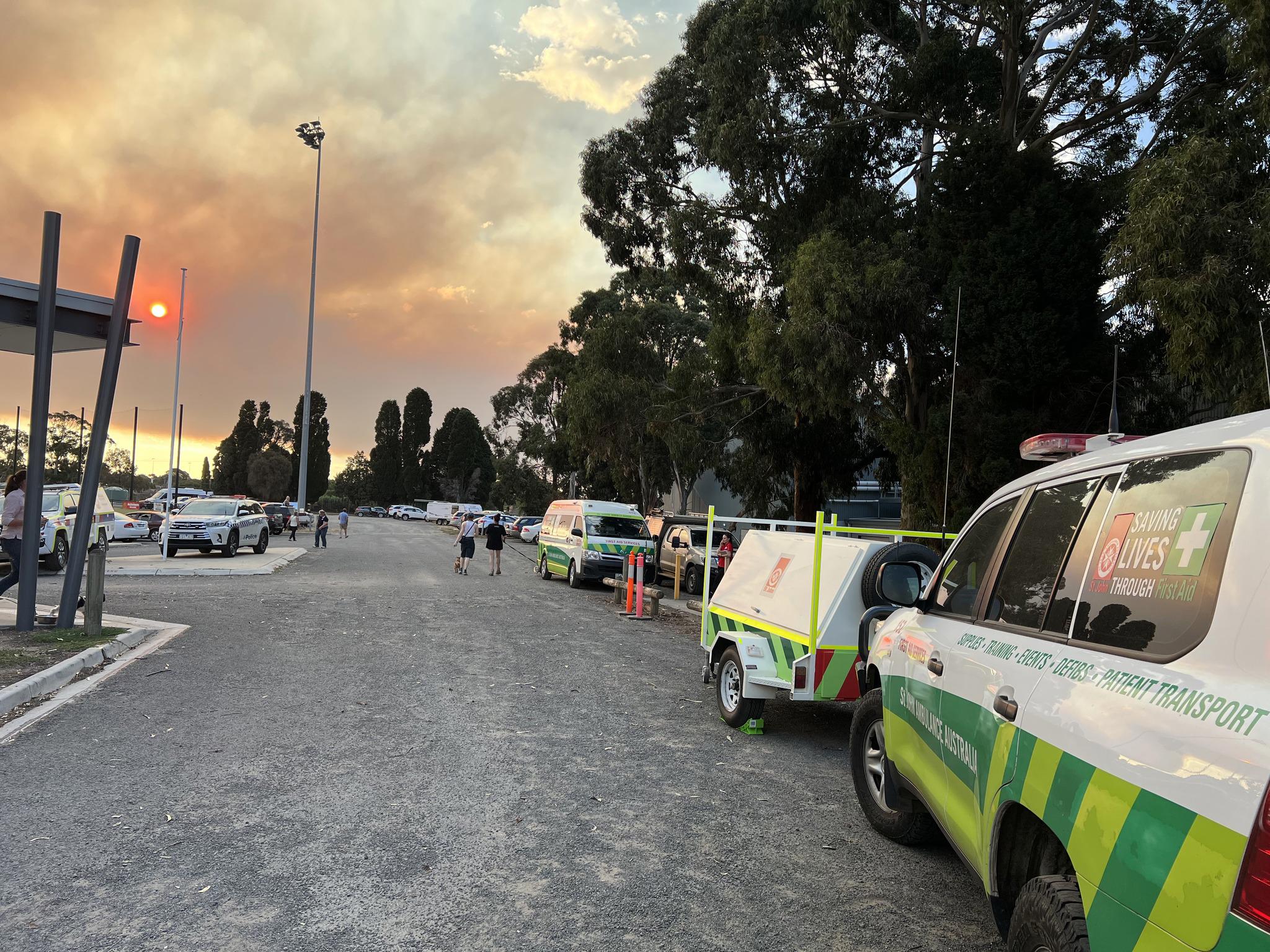
As wildfires continue to impact communities worldwide, fire seasons are becoming increasingly severe and unpredictable. Across various regions around the globe, prolonged dry conditions and extreme temperatures contribute to heightened fire risks, particularly during the warmer months. Despite ongoing prevention efforts, wildfires remain a significant challenge, threatening lives, homes, and the environment. One of the most dangerous consequences of these fires is smoke inhalation, which poses serious health risks, particularly for vulnerable populations such as children, the elderly, and those with respiratory conditions.
During bushfire season, vigilance and awareness about smoke inhalation are crucial.
Smoke Inhalation
Inhalation of smoke can reduce the amount of oxygen getting to the lungs and also cause swelling and burning of the airway. Smoke inhalation occurs when you breathe in the products of combustion during a fire. Combustion results from the rapid breakdown of a substance by heat (more commonly called burning).
People exposed to smoke from a fire can breathe in enough smoke to cause future medical problems. This usually occurs with fires in enclosed spaces, e.g. inside buildings, but can also happen with prolonged exposure to smoke from bushfires.
Whether it’s a bush or house fire, if you’re exposed to an excessive amount of smoke or other toxic fumes, you are at risk of suffering from debilitating smoke inhalation conditions or in extreme conditions, asphyxiation.
Fires are caused by a number of factors and can occur almost anywhere, so it’s important that all Victorians know and understand how to provide First Aid for smoke inhalation to minimise the damage and stress caused by overexposure to smoke.
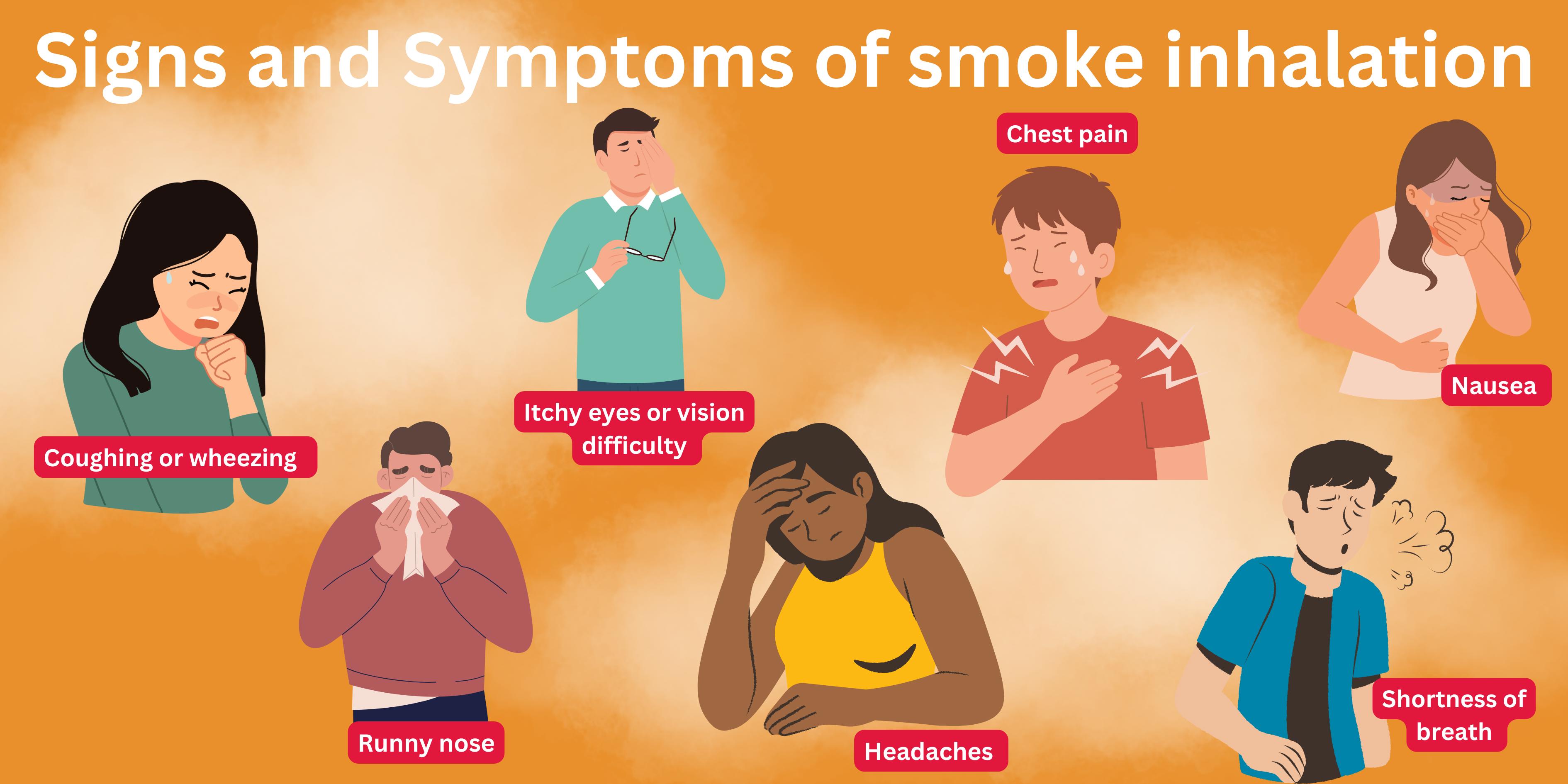
First Aid Management For Smoke Inhalation
A smoke inhalation injury are acute injuries to your respiratory system and lungs that must always be considered a life-threatening emergency. Ensure the patient receives medical help as soon as possible.
Warning: It may be some hours before the effect of inhaling toxic fumes interferes with a person's breathing.
- Follow DRSABCD
- Remove casualty from smoke or toxic exposure if safe and/or possible or to a more ventilated, open space
- Sit casualty upright and loosen clothing around the neck/airways
- Call triple zero (000) for an ambulance
- If you are trained in oxygen administration and have access to an oxygen delivery system, administer to casualty
- If the casualty stops breathing, provide CPR
- If the casualty is having difficulty breathing (wheezing), provide a reliever inhaler (puffer) if you have access to one

What Are The Dangers Of Smoke Inhalation And Other Toxic Fumes?
Inhaling smoke, gas or toxic fumes can decrease the supply of oxygen to the lungs, burn the airways and cause the onset of a respiratory emergency. Prolonged exposure to toxic fumes such as bushfire smoke is a possible health risk that can affect even healthy people as warned by the Australian Medical Association (AMA).
Toxic fumes such as carbon monoxide is commonly encountered and harmful to inhale. The household gas can be found in many home appliances such as a stove or heating device.
Unfortunately, carbon monoxide has no taste or smell and is invisible so it’s imperative to always ensure devices that run off the gas are not faulty or leaking. If there is a flue leak from one of these devices the carbon monoxide levels in a room can become dangerously high which can cause unconsciousness and even death if in a confined, unventilated space.
Other substances to avoid inhaling include burnt plastic, paint, thinners, petroleum products and adhesives. These products are toxic and if in a poorly ventilated space can cause unconsciousness and death.
Preventative Measures For Smoke Inhalation
Children, the elderly and people who suffer from asthma or heart disease are more susceptible to toxic fume and smoke inhalation so it’s important they take the appropriate precautionary measures:
- If there is smoke circulating the area you are in, but the fire or cause is not a danger, remain indoors and seal any points of entry
- If you must run an air conditioner when your building is surrounded by smoke, change the settings to ‘recycle’ to minimise smoke access inside
- Putting on a P2 or N95 mask can help but it is best to remain indoors – note the mask will not provide the intended level of protection unless worn correctly. Refer to the below instructions for guidance on fitting the mask.
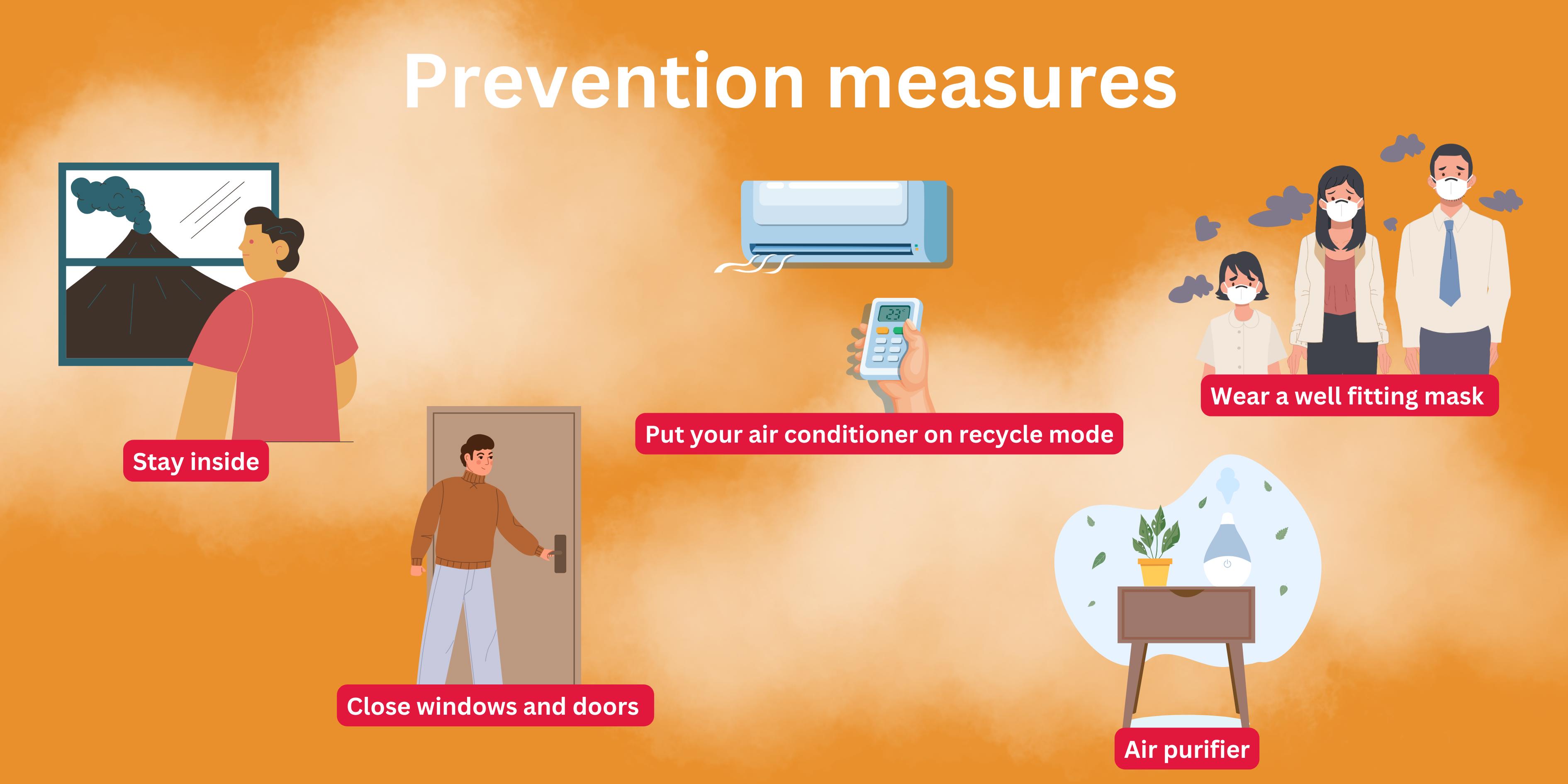
How to put on and fit check a N95 mask
Before it develops into a life-threatening condition, smoke inhalation can cause a range of uncomfortable and debilitating symptoms which are stressful to endure. The tightness in the chest and inability to catch a breath can be a terrifying experience for anyone.
Whether it’s a child, adult or an elderly person who is battling with smoke inhalation symptoms, the comfort and stress relief that a First Aid trained individual provides is incomparable in this time of need; not to mention minimising the symptoms they experience.
By knowing how to provide First Aid for smoke inhalation you can provide consolation, reduce symptoms and truly make a positive difference before the symptoms develop into a much larger health emergency.
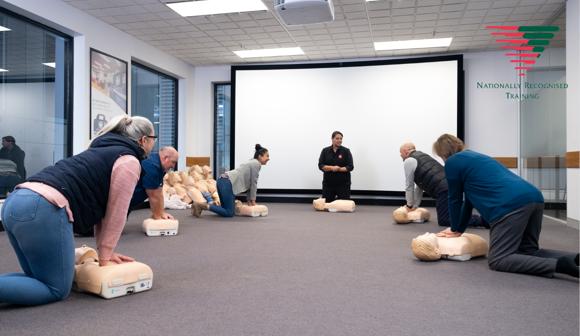
PROVIDE FIRST AID
Learn how to manage a range of common first aid scenarios.

PROVIDE FIRST AID IN REMOTE SITUATIONS
Learn how to provide First Aid in remote areas where access to medical aid is difficult or delayed, including alpine, desert, marine, rural and tropical environments.
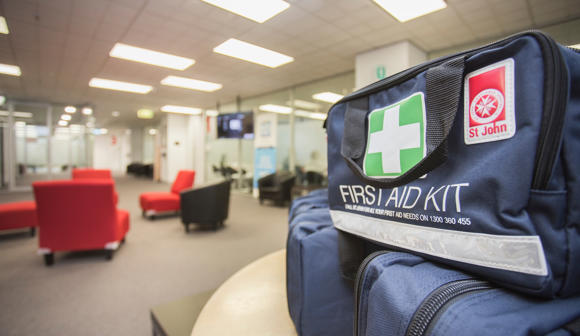
DO YOU HAVE THE RIGHT FIRST AID KIT FOR YOUR HOME, SCHOOL OR WORKPLACE?
St John has a range of First Aid products to suit any situation.
